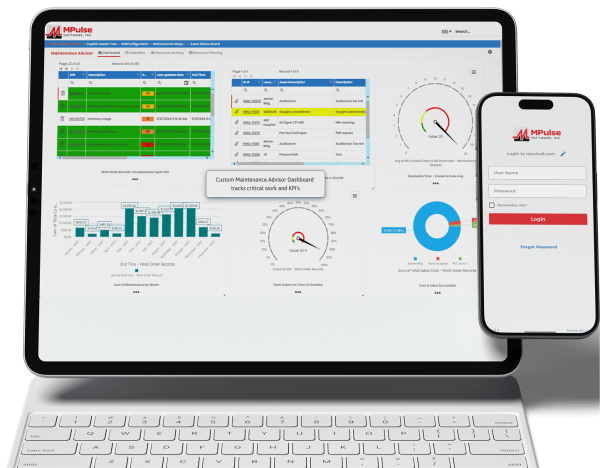Getting started with a new CMMS can feel overwhelming. New software requires a lot more work after the decision is made.
But, you can make it as painless as possible. These five steps outline how to implement a cmms system.
Table of Contents
How Is a CMMS System Implemented?
Use this checklist to make your CMMS system implementation a success.
Step 1: Determine How to Export Current Data
Older software was not designed to get data out as easily as it was to get in. More current programs can export data in various file types, typically a CSV file. Often you can do this task yourself or enlist the help of a power user or an internal IT specialist. Or, if it makes more sense, you can hire some help.
Step 2: Decide What Data You Want to Keep
If you’ve decided to migrate to new software, there’s usually a reason. And often it’s because key needs aren’t being met by your current system and your legacy data. Now is the time to review your data and make decisions about what you really need to keep.
Another option is to simply start fresh. We’ve had customers do this—their legacy data remained where it was. They simply added assets, parts, and preventive maintenance schedules to the new CMMS system. Old work orders are left behind.
Step 3: Map Out the Fields
Data fields aren’t necessarily the same from one system to another. So you need to map field names, sizes, types from one system to the other. We recommend using your vendor’s services to help with this process. They know their software best. Use them.
Step 4: Clean Up Your Old Data
Don’t underestimate the time it takes to clean up the data. You may do this step before mapping fields, but sometimes customers need to understand what the data looks like in the new system before they find issues.
Take a close look at your data. Things will pop up—outdated information, incorrectly formatted data, missing data. Now is the time to get your data in good shape. Clean data pays off in accurate reporting later.
Step 5: Import and Test
Once your data is complete and clean, your CMMS software vendor will import it into your software. After that process is finished, it’s time to run some tests to make sure the right data is in the right place before “go live” day.
We recommend testing to ensure…
- All field names are correct
- The correct data is in the correct fields
- Assets lists are complete
- Parts and inventory lists are complete
- Scheduled tasks have transferred correctly
- Key historical data is available
[related-content]
MPulse can help. Start by downloading our free cmms implementation guide. Make the most of our experience and knowledgeable staff.
We’re not just a software vendor. We’re your partner in CMMS success. Have questions? Contact us. We’re here for you.






